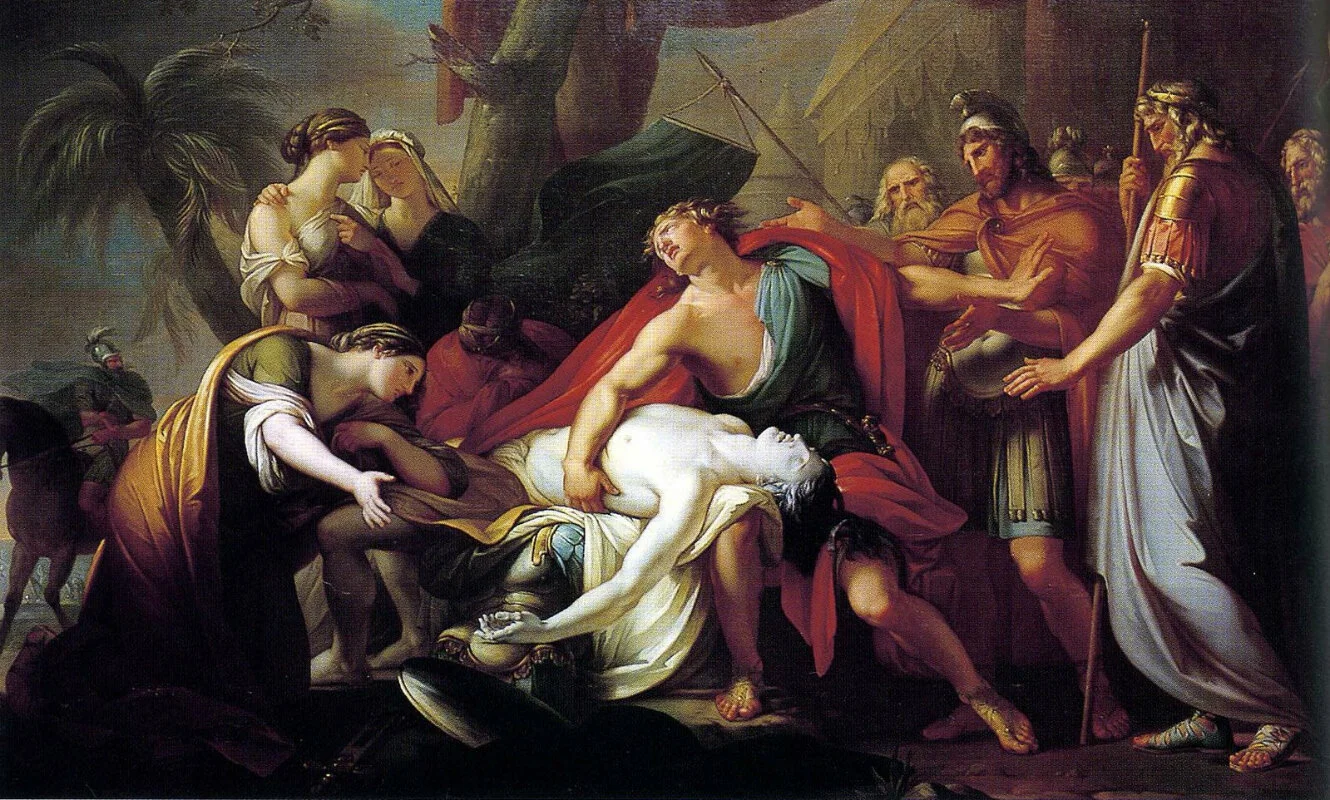Cultural and Historical Monuments Left by the Thracians in Bulgaria
Even before the New Era the lands of Bulgaria were inhabited by Thracians. Years later, they were conquered by the Romans, but their heritage is preserved in numerous tombs and treasures, revealing the amazing culture. Now I will tell you about the most popular ancient monuments left in Bulgaria.
The Thracian Tomb in Kazanlak - Exquisite Frescoes of 40 sq.m.
The Kazanlak tomb was discovered accidentally on April 19, 1944 by soldiers who were digging for asylum for the war during the Second World War. The great popularity of the Kazanlak tomb is due to its unique frescoes, typical of the early Hellenistic era. Some of the best-preserved frescoes of their time. In the tomb, they spread over 40 sq.m.
The walls of the corridor and the burial chamber are covered with exquisite and sparkling colors and scenes, representing separate moments from the earthly, military, and after lives of the man and woman laid in it. According to historians, it dates from the IV -III century BC. No valuable artifacts have been found there because it was looted in antiquity. In 1979 it was included in the UNESCO list.
Unfortunately for those who want to visit the tomb today, it is now closed to visitors. But next to it is a copy of the tomb, which will completely immerse you in the world of the Thracians.
The Thracian Tomb in Sveshtari - A Unique Thracian Monument
The Thracian Tomb was discovered in 1982. It was built in the first half of the 3rd century BC. with impressive dimensions.It has a length of 7.5 meters and a width of 6.5 meters. The decoration of the burial chamber is extremely beautiful and interesting. It is generally built in a Hellenistic style but is refracted through the beliefs and culture of the Getae. There are also interesting decorations in many places in the tomb, polychrome half-human, half-plant caryatids and painted murals.
The Tomb’s chamber is truly unique because figures of women were used instead of columns. The mastery of their creators is evidenced by the fact that each of them has a different face. Due to its unique architecture and decoration, 3 years after its opening (1985) Sveshtari Tomb is included in the UNESCO list of World Cultural and Natural Heritage.
The Thracian Sanctuary Tatul - the Last Home of Orpheus
The complex consists of an ancient pagan sanctuary and a medieval fortress. Unusually for burials in this era, which took place in mounds underground, the sanctuary was built on a high hill near the sun. This fact suggests that a very important person was buried there - a king or a demigod, such as Orpheus. Or this monument could have been a center for monitoring the sunrises and sunsets on certain days of the year. The sanctuary of Orpheus was known throughout the world both before and after Christ. The newly arrived Romans continued to worship the old gods and heroes, whilst preserving and beautifying the places of worship.
This is a small part of the cultural and historical heritage of Bulgaria, which proves the existence of the Thracians in these lands and tells of long-extinct customs, religions, and ways of life. If you decide to visit Bulgaria, visit one of these places and be moved to the time of Orpheus and the wine god Dionysus.











